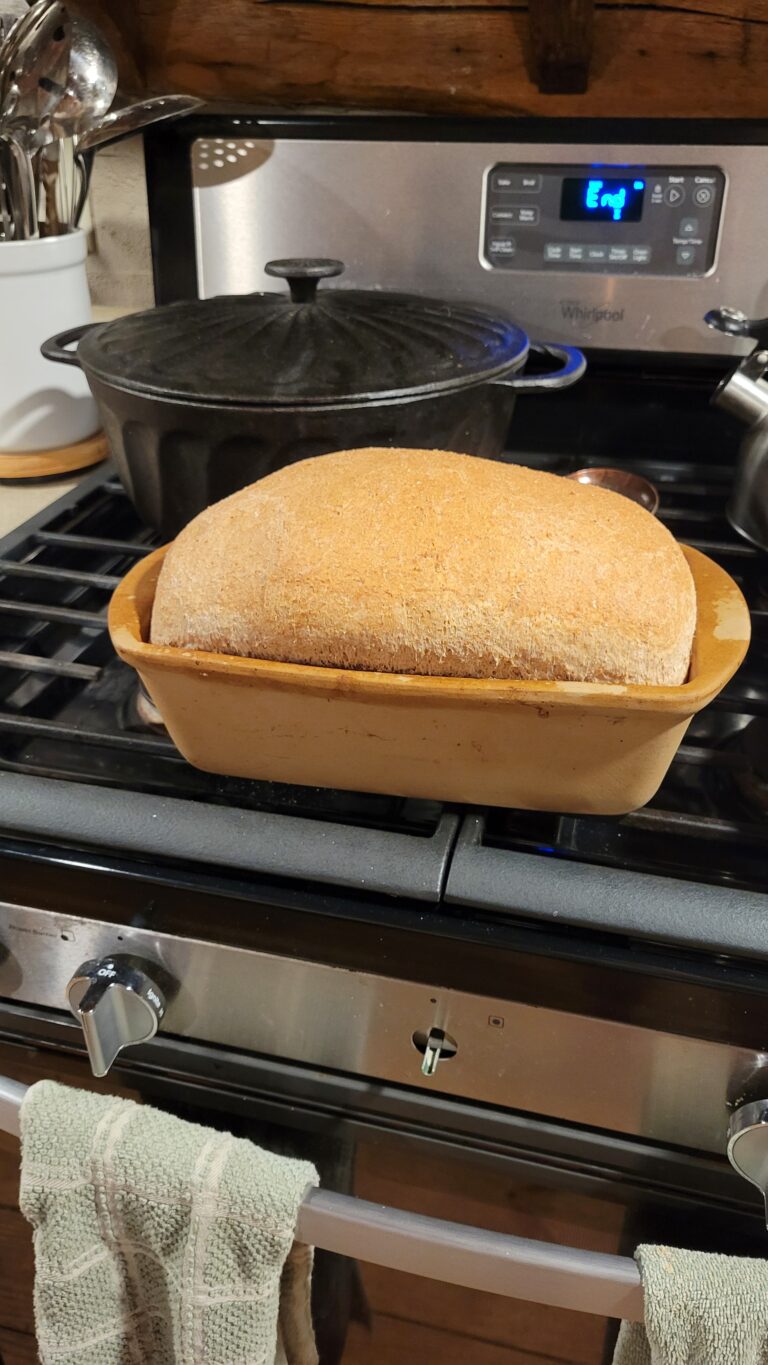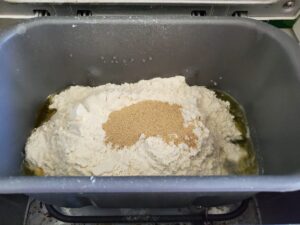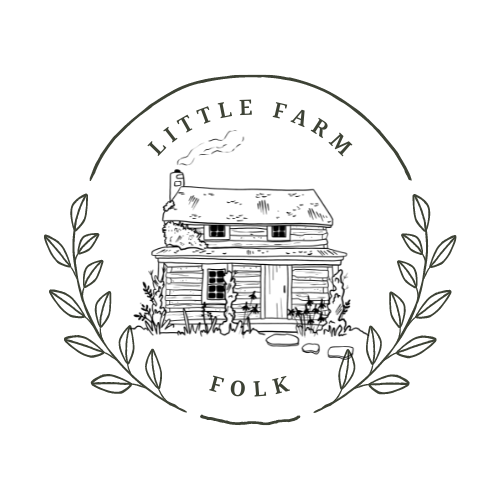Yeast is a microorganism in the fungus family. There are many different types of yeast that live unseen on surfaces all around you. Some yeast, like Candida albicans, can be opportunistic and overgrowth or imbalances can cause humans to become ill. Other yeasts have recently been used to create ethanol fuel.
One type of yeast species that has stood the test of time is Saccharomyces cerevisiae. Which makes carbon dioxide, a gas, commonly used in baking. The expansion of the gas in the dough causes the bread to rise and give it the fluffy lift it needs to be absolutely delicious.

Natural Yeast
The oldest form of capturing this yeast is through a process of “sourdough baking”. In this process, the baker mixes together flour and water, then lets the flour sit on the counter.
Over the course of a few weeks the baker will “discard”, dump out some of the flour mixture and then “feed” the mixture more flour and water. What isn’t seen is the natural yeast in the baker’s home and on their hands beginning to feed upon the flour sugars in the “starter”. Over time the yeast will begin to populate in the flour mixture.
The yeast will feed and a by-product of that feeding is actually carbon dioxide and alcohols used in the fermentation process. This will make air bubbles in the flour and water mixture.
Sourdough has been around for thousands of years, but has really grown in popularity in home baking the last few years. Not only is the tangy, crunchy outside and soft, chewy inside delicious, it is actually better for your gut than store bought bread.
The fermentation process acts as a prebiotic which aids in digestion. Due to the fact that some of the flour is already “broken down” people with sensitive stomachs find they can tolerate it better.
Commercial Yeasts
In 1872, Baron Max de Springer developed the first granulated yeast and in 1876, Charles Louis Fleischmann, of Fleischmann Yeast Company, began to market and sell commercial yeast to bakers. The rest is history, as they say.
Today, there are two types of granulated yeasts on the market, Active Dry Yeast and Instant Yeast. It is worth keeping both on hand but knowing their differences will help you in the baking process.
Active Dry Yeast
Active dry yeast is a dormant form of yeast. It is often packaged in small, 2 ¼ Tablespoon packs, in a glass jar or even 1 lb packages.
In order to activate the yeast, you will need to “bloom” it by letting it soak in a warm liquid mixture, usually water or milk.
Over the course of 15 minutes it will begin to froth or foam up on top of the liquid. From there you can finish your recipe and bake!
Instant Yeast
In the 70s, another form of yeast hit the market, called Instant Yeast. Ground into a finer, dry granule, this yeast didn’t require a proofing process and could activate instantly once mixed with ingredients. This form of yeast will also give the baker a second rise.
Rapid Rise Instant Yeast
Instant yeast can also be broken down into an additional group, Rapid Rise or Quick Rise. This yeast is ground down even finer to dissolve quicker and also contains enzymes and additional additives to help it perform faster. Rapid Rise yeast gives the baker the ability to skip the first rise after kneading and move straight onto shaping.
A side note: I recently just learned, you can substitute any sourdough recipe that calls for 1 cup sourdough starter for one packet of yeast (2 ¼ tsp).
Make Bread 365
Over the course of the #makebread365 challenge, we will get to experiment with all three forms of yeast.
For more information on Sourdough Baking be sure to check out Samantha on Instagram @ourenglishfarmhouse and Lisa @farmhouseonboone .
For an expert baker in milling whole grains, stop by and see my friend, Felicia, @grainsandgrit.

